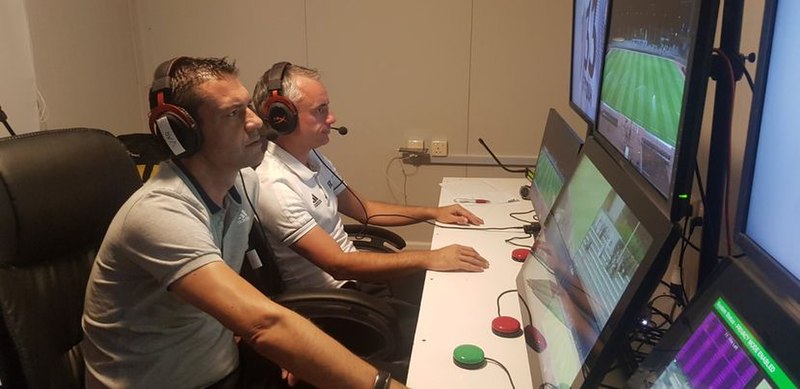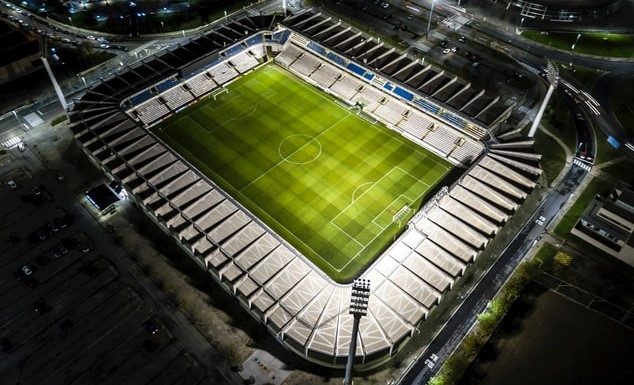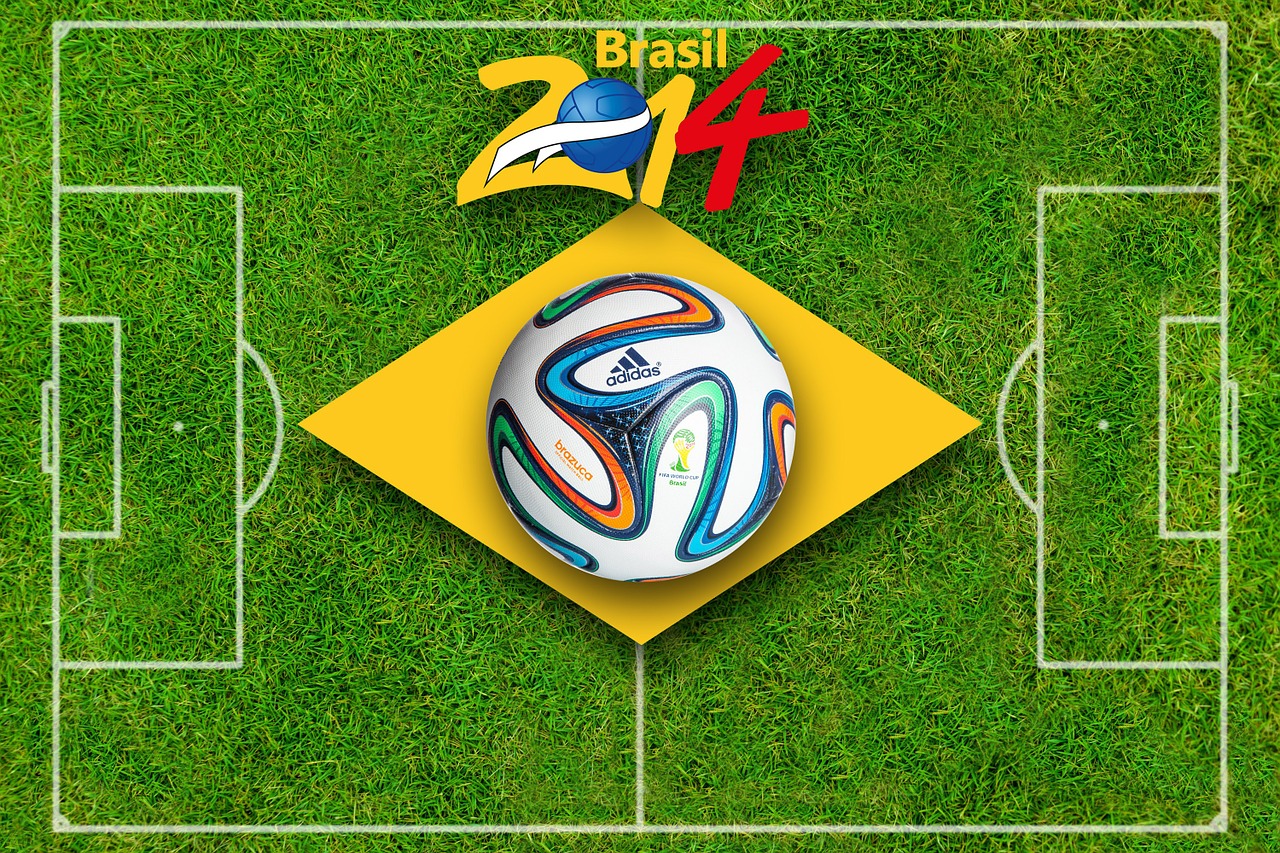The World Cup in Brazil was the first to fully integrate goal-line technology. The 2014 tournament also introduced super slo-mo replays and a system that allowed referees to connect earpieces with headquarters at FIFA so they could review decisions on the field. And fans saw the FIFA app for smartphones take a huge step forward, including live match updates and news, which allowed them to bet more easily online and explore fun bonuses, like the betmaster bonus code that will be available soon, or others. So: Has soccer technology come very far since then? And if so, how?
VAR
VAR, or video assistant referee technology, is a new form of review used in soccer to determine if an offside decision was incorrect. The process was first used at the 2018 World Cup in Russia.
The VAR system uses cameras to capture the game from different angles and feeds this information into a computer system which makes decisions on whether to review certain plays.
It can be used for different types of incidents: goals, penalties, red cards, offsides, etc. However it cannot be used for yellow cards as there are no clear cut rules as to what should result in them being given out so there needs to be some judgement made by a referee before they make their decision.

Drones
Drones are now in the spotlight. The technology has been used to film live games and capture key moments, as well as help with other tasks that can be difficult or unsafe for humans to do. For example, drones have been used to get a bird’s eye view of fans in the stadium, which was previously impossible without going into the crowd.
Drones have also been used outside stadiums to film players during training sessions and matches on pitches around the world. They’re also being used by teams who want an aerial view of their stadiums or those of their opponents; this helps them plan their strategy based on how well they know each other’s home pitch.
Drones aren’t just for filming action on the field! They can also be useful for filming weather conditions like wind speed and temperature (and even humidity if you include one with a humidity sensor). If you need footage from farther away than your drone can fly safely—or if there are obstructions blocking your view.

Rain
The World Cup has become a showcase for technological innovation. There’s been plenty of talk about how these advances have changed the game, and changing weather conditions has become more common.
Cloud seeding is a technique used by meteorologists to force rainfall out of clouds. They do this by shooting salt particles into the clouds and freezing them, causing them to drop their water. This means there will be less precipitation when and where it is needed most – during outdoor sporting events like soccer games!
Anti-rain missiles are another way to deal with inclement weather conditions during a match. These work by sending harmless high-speed pellets into the sky that burn up moisture before it can reach the field or court below them.
These technologies have made a big difference in improving the game for both players and fans. When it comes to faster play, more exciting coverage, and real-time updates on what’s going on out there, these advances have been game-changers. Of course, you don’t need any of them if you just want to sit back and watch your favorite team win; but if you’re looking for deeper insights into what goes into every shot or tackle, we hope this information has given you some new perspectives.

